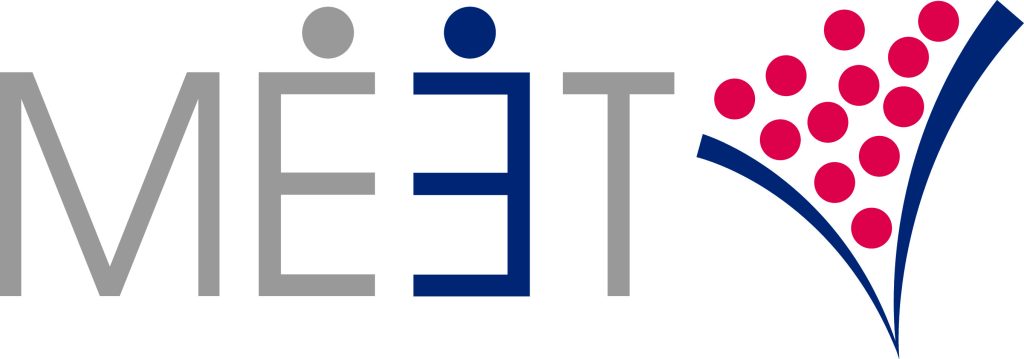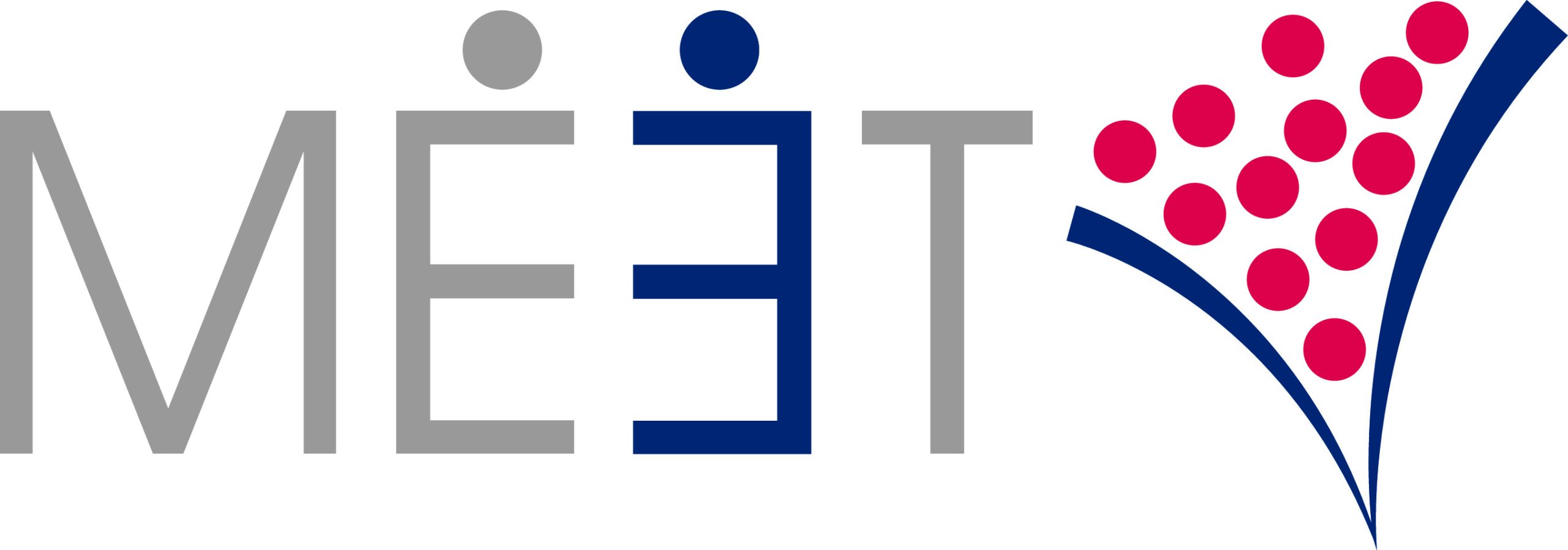The prospect of drowning in a sea of U.S. regulation is scary, particularly if you’re not an experienced swimmer. Yet scaling firms must come to terms with the fact that part and parcel to reaping the rewards of U.S. market entry is mastering the depth and breadth of its regulatory system.
 Or at the very least, hiring a tugboat that can lead you out of the harbor.
Or at the very least, hiring a tugboat that can lead you out of the harbor.
For insight into how scaling firms should best manage the regulatory landscape of the U.S. market, we spoke with American manufacturing market-entry guru Lance Scott of Alliance Technologies.
Lance founded Alliance Technologies with a mission to help international advanced manufacturing companies accelerate strategic growth in the American market through direct operational management and expert guidance.
During our September 12th interview, we asked Lance a number of questions to help demystify U.S. regulatory and tax systems for firms endeavoring to scale to the U.S. market.
Regulation in layers
Because of its federal and state government structure, the U.S. has layers of policies and legal structures designed to regulate how businesses operate. Lance raised the example of OSHA, the U.S.’s Occupational Safety and Health Administration that oversees these standards on the national level. OSHA also operates at the state level, for example in our home state through Connecticut OSHA.
Scaling firms must be cognizant of federal as well as state-level regulation and make sure they are in compliance on both levels—a unique challenge to U.S. market entry.
On the state level, scaling firms that operate regionally must pay special attention to state-by-state differences, particularly when it comes to taxation. Placing taxation in the regulatory bucket is an area requiring detailed knowledge and professional oversight. Tax laws are dynamic so having the support of legal and tax experts is fundamental to US market-entry.
To further complicate U.S. scaling endeavors, each U.S. state may have slightly different income, property, and payroll tax regulations, as well as workers compensation.
At a national level, Lance used the example of import/export compliance. While it may not matter whether you’re bringing a product into California or New York from an import regulation standpoint, export compliance rules are extremely strict.
Finally, at a global level, we see quality standards that (fortunately in recent years) have become more synchronized across regions. Whether it’s ISO in Europe, CCC in China or SEA in the United States, the good news is that more linkages are being made to ensure that, from a quality perspective, scaling firms can operate with a shared recognition of customer values.
When to look for help
 Lance recommends that every scaling firm seek professional tax and regulatory guidance before entering the U.S. market. For 30 years he has worked on building a model that provides strategic sales advice, operational, financial and regulatory navigation support.
Lance recommends that every scaling firm seek professional tax and regulatory guidance before entering the U.S. market. For 30 years he has worked on building a model that provides strategic sales advice, operational, financial and regulatory navigation support.
“It’s hard to find these services all in one place and we’re proud to be able to offer that to our clients.”
But assuming that not everybody will become a client of Alliance Technologies, Lance stresses the importance of seeking support in key areas. This is particularly the case with export compliance, where there’s very little room for error.
“Export compliance laws have changed dramatically and are incredibly stringent. The penalties for noncompliance are mind-boggling—you’re looking at a $1 million penalty per occurrence. While it’s less the case with importation, when it comes to export compliance, scaling firms must have a policy in place from day one.”
All this discussion of regulatory minefields is not to imply that U.S. market entry isn’t worth the hassle. Rather, in the interest of supporting the success of scaling firms, we aim to make clear that regulatory compliance at the state and national levels should be taken seriously and monitored closely.
For all the investments required to ensure U.S. market entry success, it’s simply not worth the risk of overlooking the fine print in the U.S. regulatory system.
Fortunately, you don’t have to do it alone.
For more expert advice on overcoming the challenges of U.S. market-entry, check out our interview with Lance Scott titled: Navigating the Challenges of the American Market: The Impact of a Vast Geographic Territory.
To check out all of MEET’s webinar content on how to successfully scale your company in the U.S. market, subscribe to our YouTube Channel.
About
MEET (meetroi.com) helps international B2B growth companies soft-land and scale in the U.S. through trade shows and in-person events. MEET’s processes help its clients ramp-up sales quickly and maintain a steady stream of high-quality prospects going forward. Contact Bill Kenney for a no-obligation conversation: bill@meetroi.com or +1 (860) 573-4821.

